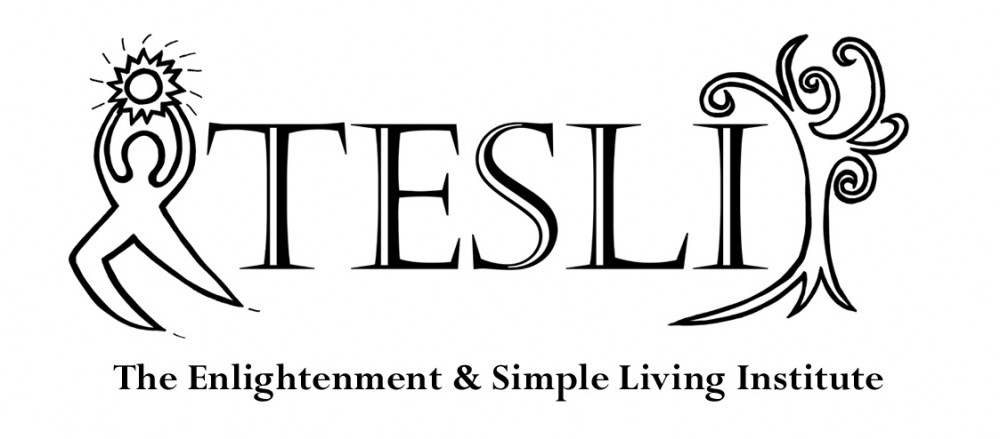This morning I was eating breakfast  while gazing at the sun rising. Suddenly a gray streak moved towards my birdbath. A small swallow was down in the water getting a drink. I didn’t think it was possible, given the location and logistics, but with one swoop the cat had that bird in its mouth. A moment later I was in the yard dashing after the cat. She took a quick turn for the backyard and after a 200 foot chase released the bird to the air as she made the jump to get over the fence. I was relieved to see the bird fly away.
while gazing at the sun rising. Suddenly a gray streak moved towards my birdbath. A small swallow was down in the water getting a drink. I didn’t think it was possible, given the location and logistics, but with one swoop the cat had that bird in its mouth. A moment later I was in the yard dashing after the cat. She took a quick turn for the backyard and after a 200 foot chase released the bird to the air as she made the jump to get over the fence. I was relieved to see the bird fly away.
The gray feral one has been living in my yard for about six months. Her occupation is evident everywhere. My birdbath once attracted many flying friends, but now is mostly empty. Feathers and bird parts are scattered everywhere especially in the rabbit pen.
I am at a loss at what to do. A face a true ethical dilemma.
At first it seemed simple, I’d trap him and move him. I’d done that a dozen times with ground squirrels. Yet, I hesitated. Ground squirrels are a threat to my food stream. This cat was not.
This morning the issue became clear. It was one of racism. I like birds more than I like cats.
This morning when I had the choice between ensuring that the cat survive by getting food and the bird survive by getting away from the cat, I chose the bird. (My decision was especially motivated by the birds survival being in imminent danger while the cat would certainly make it to the next meal.) Now, if I wanted the cat to not eat my birds, I could start feeding it cat food. This might work, but not if the cat enjoys hunting, like many cats do. As usual, my mind could only find two options. Move the cat, or accept that the cat is making the birds “leave” my yard.
I’ve been studying cultural diversity in school and have been looking at the issues of racism and discrimination. The Buddha emphasized that discrimination was one of our major problems. It is the ability to discriminate that gets us into all sort of trouble.
Discrimination, in this context, is defined as the ability to tell two things apart. For instance, being able to discriminate blue from green. Or, in my situation being able to tell a cat from a bird.
Discrimination is not the entire problem. Being able to tell a cat from a bird isn’t a big deal. The true problem is when I make a judgement or become biased based on my discrimination. For me the issue is that I like birds and do not like cats. Both animals kill to live, yet I have a bias against cats.
Perhaps this doesn’t seem like an issue to you. Then replace the words cat and bird with Latino and Asian. What if I was saying: “I’d like to move those Latino’s out of my neighborhood” or “I prefer hiring Asians”.
Despite the fact that it is human nature to discriminate and have preferences the majority of people have decided that it is not ethical to act on those biases. Hence we have “affirmative action” policies. Is trapping and moving the cat like deporting undocumented immigrants?
I don’t like cats, I like birds. It is my yard I can do whatever I like. How different is that from, “I don’t like Latinos, I like Asians. It is my business I can hire whoever I want.”
Think about that.












